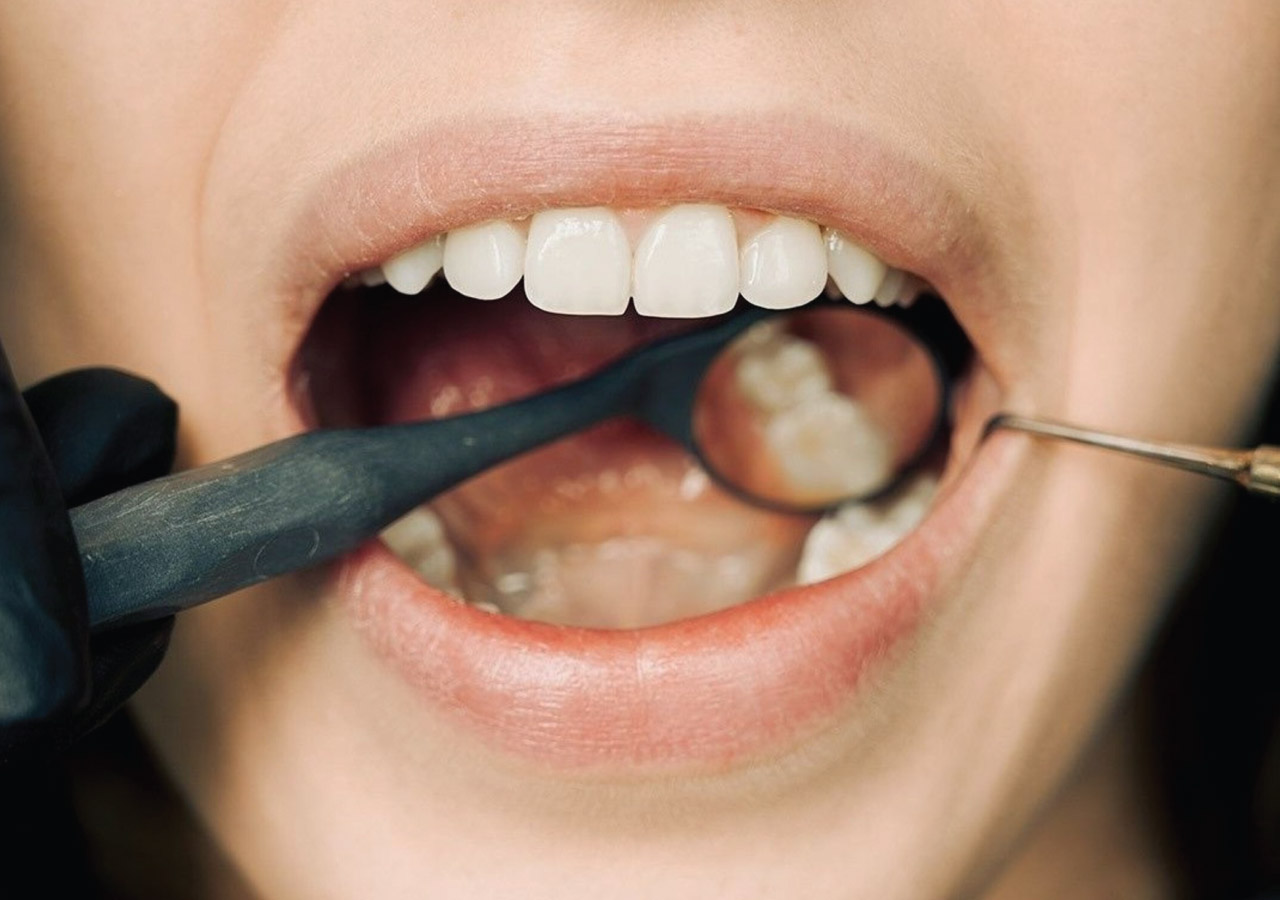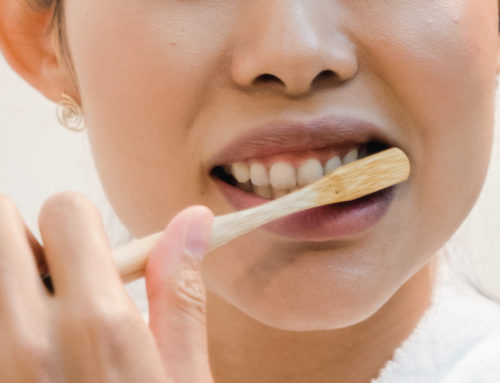Regular dental check-ups are essential for maintaining good oral health and catching any potential issues early on. During a check-up, a dentist will perform a thorough examination of the teeth, gums, and mouth, looking for signs of tooth decay, gum disease, and other oral health problems. They will also clean the teeth to remove plaque and tartar build-up, which can lead to tooth decay and gum disease if left untreated.
Regular check-ups also allow the dentist to monitor changes in oral health over time, and detect any potential issues before they become severe. For example, a small cavity can be easily filled during a regular check-up, whereas a large cavity that goes untreated can require a more extensive and expensive procedure.
In addition, regular dental check-ups can also help prevent more serious health problems. Research has shown that there is a link between oral health and overall health, and that poor oral health can increase the risk of certain diseases such as diabetes, heart disease, and stroke.
It is recommended that adults should have a dental check-up at least twice a year. However, some people may need to visit the dentist more often, depending on their oral health and risk of dental problems.
How to properly brush and floss your teeth:
- Brush your teeth at least twice a day, preferably after every meal. Use a soft-bristled toothbrush and a fluoride toothpaste.
- Apply a toothpaste that is high in fluoride and hold the brush at a 45-degree angle to the gums and use gentle, circular motions to brush the outer surfaces of your teeth, the chewing surfaces, and the inside surfaces of your front teeth, using the “tip” of the brush.
- Use gentle back-and-forth motions to clean the inside surfaces of your back teeth.
- Brush your tongue to remove bacteria and freshen breath.
- Floss at least once a day, preferably before bedtime. Use an 18-inch piece of floss, wrapping most of it around each middle finger, leaving about an inch or two of floss to work with.
- Gently slide the floss between your teeth, using a rubbing motion.
- Curve the floss around the base of each tooth, making sure you go beneath the gumline.
- Use a clean section of floss for each tooth.



